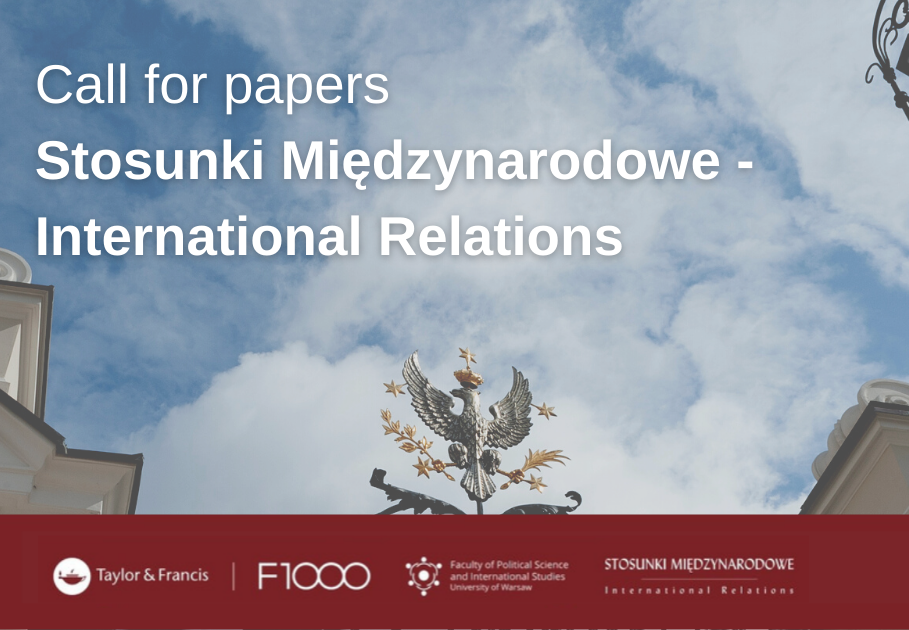About the Journal
Aims and scope
Editorial Board and Advisory Board
Ethics Policy
Privacy Policy (GDPR)
Contact
Current issue
Archive
For Authors
Call for Papers - New Publishing Platform of SM-IR
Guidelines for Authors
Formal requirements - structure of texts
Editorial requirements
Review procedure
Reviewing rules
Review process
Review procedure
Reviewing rules
Guidelines for Reviewers
Policies/Ethical Code
Contact
ARTICLE
The Chinese Belt and Road Initiative
from the Central European Perspective –
Rhetoric Versus Reality
1
Jagiellonian University in Kraków
Publication date: 2018-12-31
Stosunki Międzynarodowe – International Relations 2018;54(4):67-83
KEYWORDS
BRIBelt and Road InitiativeChinaCEEC Central and Eastern Europe16+1neorealismneoliberal institutionalism
ABSTRACT
The Chinese Belt and Road Initiative, announced by President Xi Jinping in
Kazakhstan in 2013, attracted a lot of attention in both the global media, and
the academic community. This vague idea which has been evolving since then, has
not necessarily led to many practical achievements. Nonetheless, it has become very
popular in Central and Eastern European Countries (CEEC), as their governments
have perceived it as a chance for diversification in their foreign policies, as well
as in economic relations.
Apart from the Belt and Road Initiative, CEEC countries have been implementing concurrent platform of 16+1 since 2011, being also presented as an important
stepping stone in providing the Chinese with a backdoor entrance to Europe. In
both cases the reality is far behind expectations, especially in economic terms.
Chinese investments are still relatively low in most CEEC countries, especially
in those that are EU members.
This paper will try to assess both initiatives and their convergence by comparing
reality with declarations, especially in economic terms. Reference will be made
to certain neo-liberal as well as neo-realist theories and the research will be based
on legal analysis, comparative analysis, as well as mostly on descriptive statistics.
Share
RELATED ARTICLE
We process personal data collected when visiting the website. The function of obtaining information about users and their behavior is carried out by voluntarily entered information in forms and saving cookies in end devices. Data, including cookies, are used to provide services, improve the user experience and to analyze the traffic in accordance with the Privacy policy. Data are also collected and processed by Google Analytics tool (more).
You can change cookies settings in your browser. Restricted use of cookies in the browser configuration may affect some functionalities of the website.
You can change cookies settings in your browser. Restricted use of cookies in the browser configuration may affect some functionalities of the website.



